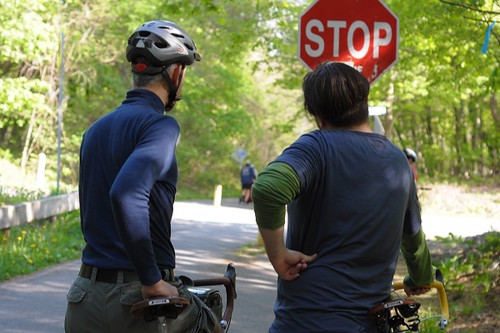
Every so often I am asked to state my views on safety with respect to transportation cycling
*. Though reluctant to raise this topic in the past, after more than two years I feel ready to share my perspective. So here it goes, and I ask in advance that you help me keep any ensuing discussion civil:
When it comes to bicycle safety, I draw a categorical distinction between two facets that are often mushed together, but for me areentirely independent: (1) safe behaviour, and (2) protective gear. I believe that safe behaviour is essential and a matter of social responsibility. I believe that protective gear is secondary and a matter of personal choice. This distinction and prioritisation governs (i.e. biases) the views on transportational cycling that are expressed throughout this blog.
To clarify what I mean by "safe behaviour" on a bicycle, here are the points I consider crucial:
Riding a bicycle that is functional and road-readyTaking reasonable steps to ensure one's bicycle will not fail on the road.This includes making certain that the wheels are secured and that the brakes, lights, and other crucial components are functional. Riding a bike with known mechanical problems, insufficient braking capacity, or any unusual features that make it intentionally difficult to operate, can have disastrous consequences in traffic.
Being in possession of basic bike handling skillsThis includes being able to start and stop without faltering, to maintain a line of travel without weaving, to reduce speed when appropriate, and to safely maneuver around obstacles. It helps to ride the type of bike one is comfortable with and in a way they are comfortable with, depending on skill level and personal preference. Those who do not yet possess adequate handling skills should practice on trails and quiet side streets before mixing with traffic.
Adhering to traffic lawsKnowing and following local traffic laws, as they pertain to bicyclists. This includes respecting lane directionality, street lights, stop signs and right of way, signaling turns and intentions to merge, and in general behaving predictably.
Knowing safety maneuversAwareness of various crucial safety maneuvers and the ability to execute them. For instance: not positioning oneself in the blind spot of a car that could turn into one's line of travel, not cycling in the door zone of parked cars, and not passing other cyclists on the right.
Being visibleHaving sufficient lighting on one's bicycle, so as to be clearly visible to others on the roads in the dark and in inclement weather.
Being vigilantPaying attention while cycling; being cautious and attentive to what goes on in one's peripheral vision while resisting distractions. This includes not being engrossed in conversation with fellow cyclists, not chatting on one's mobile phone or texting, and otherwise not engaging in activities thatdetract from an awareness of one's surroundings.
You might not agree with me on some aspects of these points, but I believe in them and try to adhere to them to the best of my ability. In my view, this makes me a conservative and safe cyclist.
As for protective gear (helmets, knee pads, steel-toed boots, padded vests, pre-emptive neck and back braces, etc), these things are simply not relevant to the safe
operation of a bicycle. We all have the right to expect safe behaviour from each other, when the behaviour impacts other road users. But we do not have the right to decide what each other's personal comfort levels ought to be, when this comfort has no effect on us.
In addition, I think that protective gear - whether we believe it to be useful or not - is secondary to safe behaviour to such an extent, that to stress it above the other stuff (as I feel is routinely done in safety campaigns) is misguided and even, dare I say, dangerous. As I write this, out of the window I can see a helmeted cyclist making a left turn onto a one way street against traffic, riding a bicycle with no handbrakes and no lights. I think this sort of thing is a direct result of promoting protective gear instead of safe behaviour, and I think it's evidence that we have our priorities backwards.I do not find that my views on this matter are radical, although sometimes I am made to feel as if they are. Whether you agree or not is entirely up to you.
--
*a small group of us (Dave from Portlandize, Matt from Bicycles, Books and Bowties, and myself) are working on a transportation cycling brochure, where the topic of safety will be covered. However, I am not the person who is writing that particular section, and the opinions expressed here - though congruent with those in the brochure - are my own.
 The Trail from the rim. At the top, just a little left of center you can see several lodges. The one at the rim is the Bright Angel Lodge and the trailhead is to it's right as you are looking at the picture.
The Trail from the rim. At the top, just a little left of center you can see several lodges. The one at the rim is the Bright Angel Lodge and the trailhead is to it's right as you are looking at the picture. You'll have to trust me on this... The 1.5-mile rest-house is a short distance to the left of that longest pointy shadow. The 3-mile rest-house is at the far end of the trail on the lower left.
You'll have to trust me on this... The 1.5-mile rest-house is a short distance to the left of that longest pointy shadow. The 3-mile rest-house is at the far end of the trail on the lower left. Enlarged view of the previous photo, showing the 1.5 mile rest-house in the upper center of the photo. Actually, those are the restrooms, the rest-house is tucked away in the side of the Canyon, next to that shadow.
Enlarged view of the previous photo, showing the 1.5 mile rest-house in the upper center of the photo. Actually, those are the restrooms, the rest-house is tucked away in the side of the Canyon, next to that shadow. The 3-mile rest-house is near the center of the picture, where the trail makes a sharp turn back, just above the “black spot” which is a steep cliff. Indian Gardens is barely visible on the far left (that clump of green trees).
The 3-mile rest-house is near the center of the picture, where the trail makes a sharp turn back, just above the “black spot” which is a steep cliff. Indian Gardens is barely visible on the far left (that clump of green trees). Enlarged view of the previous photo, showing the 3-mile rest-house (the small clump of trees where the trail splits to go out to the overlook and the restrooms).
Enlarged view of the previous photo, showing the 3-mile rest-house (the small clump of trees where the trail splits to go out to the overlook and the restrooms). And finally, the trail into Indian Gardens and on out to Plateau Point. Of course, the Bright Angel trail continues on down to the River and the Phantom Ranch area. Where the Plateau Point trail veers to the left, the Bright Angel trail goes to the right.
And finally, the trail into Indian Gardens and on out to Plateau Point. Of course, the Bright Angel trail continues on down to the River and the Phantom Ranch area. Where the Plateau Point trail veers to the left, the Bright Angel trail goes to the right.





 This has to be one of my favorites (it's been cropped and enlarged to show their expressions). On the back is written: "Grandma with Phyllis Phend & Francis Palmer. They each weigh 20 pounds & my arms are nearly broke." The "Grandma" in the picture is my 2nd great grandmother Malissa Joslin Brubaker Bower and she would have been about 74 years old at the time, which I estimate to be the summer of 1923.
This has to be one of my favorites (it's been cropped and enlarged to show their expressions). On the back is written: "Grandma with Phyllis Phend & Francis Palmer. They each weigh 20 pounds & my arms are nearly broke." The "Grandma" in the picture is my 2nd great grandmother Malissa Joslin Brubaker Bower and she would have been about 74 years old at the time, which I estimate to be the summer of 1923. August 1972 at the San Diego Zoo. My brother, Jack, got tired of me taking his picture. Just as I was about to snap one more, he decided to hide behind the booklet he was reading. I like how his ear and hairline blend in with the picture of the monkey (or baboon or whatever it is). Of course, this could be one of those instances where it is only funny if you were there ;-) but we always get a good chuckle out of it. And there are other good memories that go along with it too. We were both in the Navy, he was stationed on the West coast and I was on the East (at Bainbridge, Maryland). We both took leave and met at home in Indiana then he and I drove back to San Diego together. We were young, we had fun.
August 1972 at the San Diego Zoo. My brother, Jack, got tired of me taking his picture. Just as I was about to snap one more, he decided to hide behind the booklet he was reading. I like how his ear and hairline blend in with the picture of the monkey (or baboon or whatever it is). Of course, this could be one of those instances where it is only funny if you were there ;-) but we always get a good chuckle out of it. And there are other good memories that go along with it too. We were both in the Navy, he was stationed on the West coast and I was on the East (at Bainbridge, Maryland). We both took leave and met at home in Indiana then he and I drove back to San Diego together. We were young, we had fun.

 1928 and 1934
1928 and 1934
 1936 and 1937
1936 and 1937
 1941 and 1942
1941 and 1942
 1943 – fifteen years old – yes, 15!
1943 – fifteen years old – yes, 15!
 1944 – sixteen years old
1944 – sixteen years old
 1945 (Junior Prom) and 1946
1945 (Junior Prom) and 1946

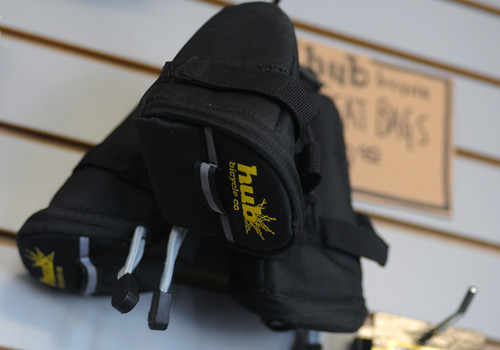
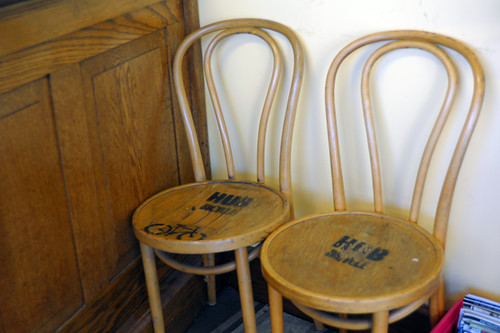

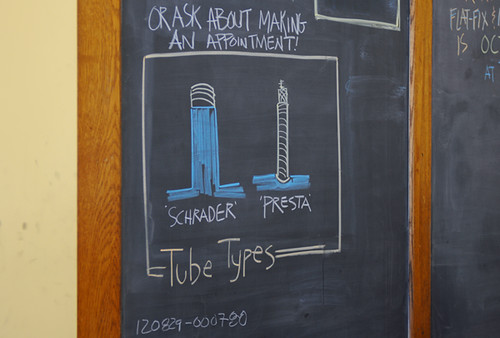







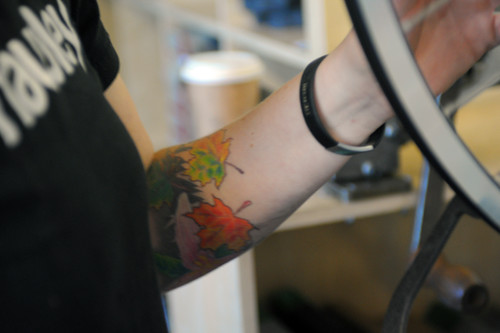
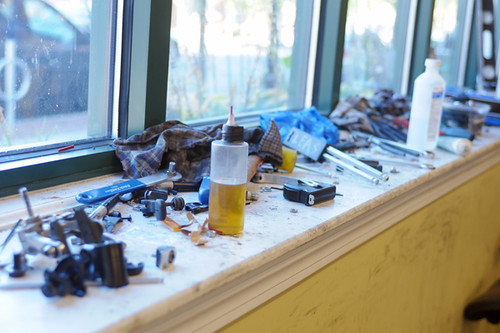
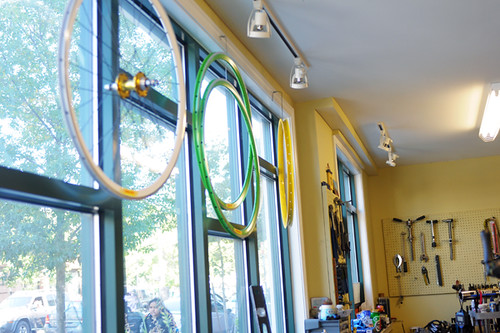
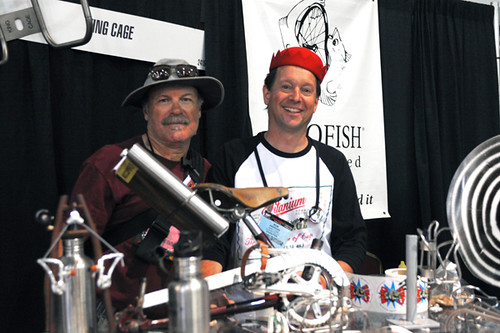
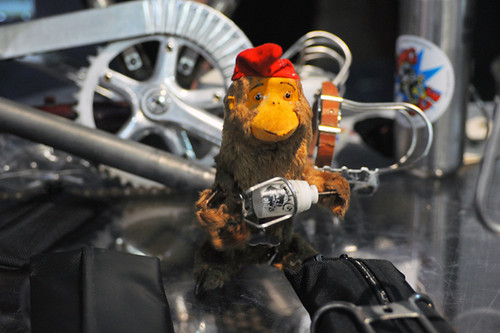
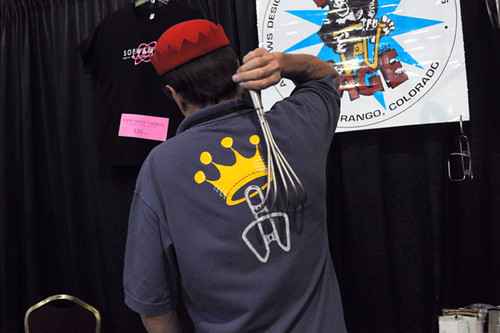


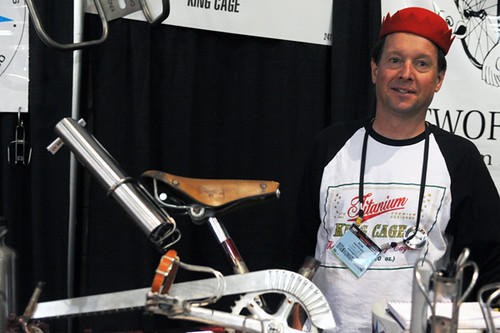
 Every so often I am asked to state my views on safety with respect to transportation cycling
Every so often I am asked to state my views on safety with respect to transportation cycling